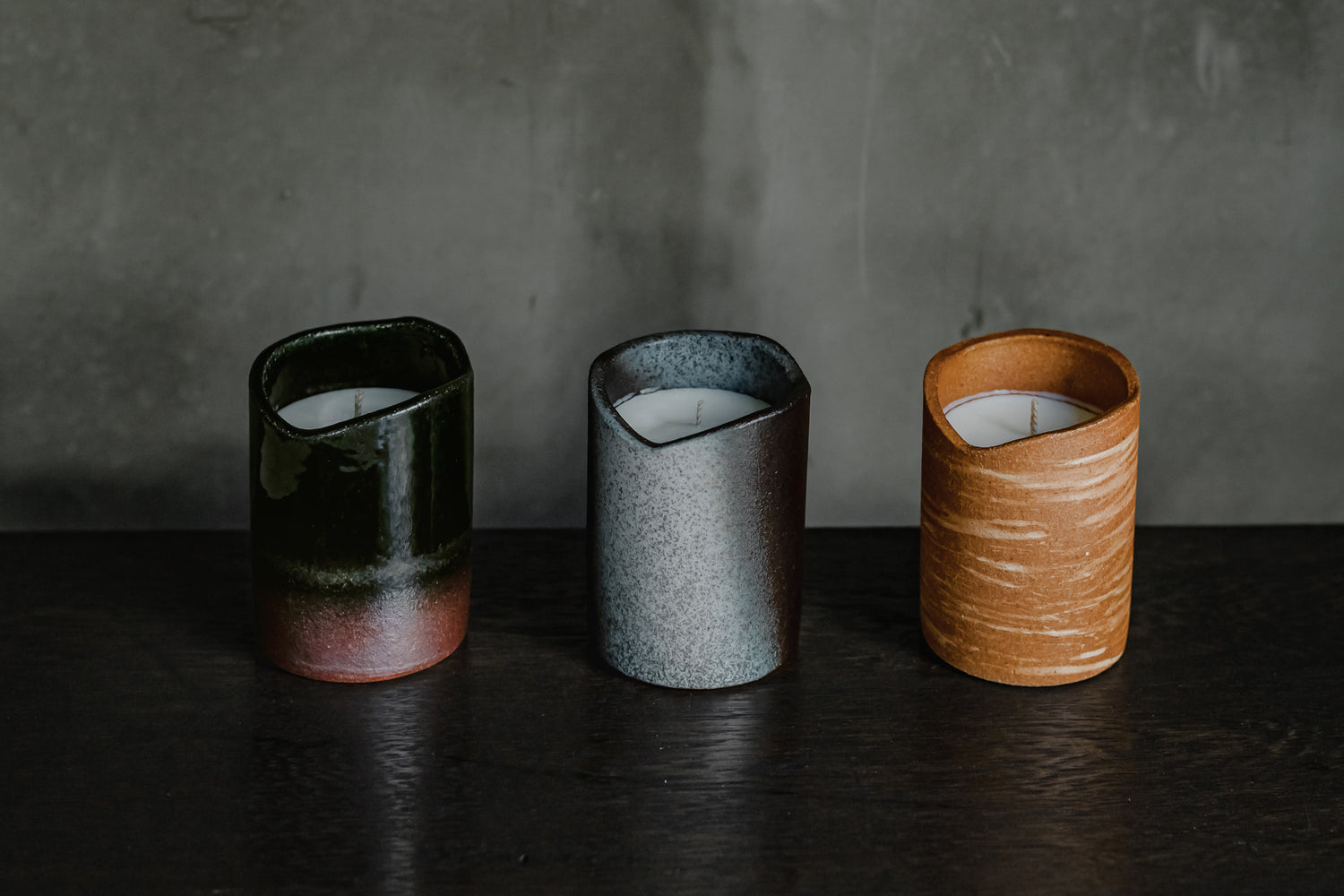New Year's visits, warding off evil spirits, Shinto wedding, etc, as these, we go to shrines for various purposes. There are approximately 80,000 shrines in Japan, and for us Japanese people, they are something we take for granted, whether they are near our homes or where we were taken by adults when we were children. We would like to take a look at the origins and characteristics of such shrines.

First of all, what do we worship when we go to a shrine?
In ancient times, it was believed that gods resided in natural objects such as mountains, forests, and rocks, and shrines were built to deify them, so it can be said that people worship natural objects. For this reason, forests often remain behind the worship halls and main shrines. There are also other shrines that enshrine mirrors as objects of worship. This is because Amaterasu Omikami, the highest deity in Japanese Shinto, is the sun god, so a mirror symbolizing the sun is enshrined here.
Whether it's a natural object or a mirror, it has been worshiped as something has a god.
Next, when you go to a shrine, how should you worship?
When entering the approach, try not to walk in the middle as much as possible, leaving a clear path for the deity.
After cleansing your hands at the chozuya, you go to the front of the shrine and carefully throw in the offering money from below.
After that, bow twice, clap twice, bow once.
The key is to make a sound when clapping your hands. It is said that it shows respect to God and also lets God know of your existence. Also, when you put your hands together, it's ideal to shift the fingertips of your right hand slightly downward.
Lastly, we will touch on the enshrined deities. In many cases, shrines enshrine the gods that appear in the Kojiki and Nihon Shoki, but there are also shrines that enshrine various objects as gods, such as Nikko Toshogu Shrine, which enshrines Tokugawa Ieyasu who was the general in Edo period, and Yasukuni Shrine, which enshrines the war dead who fought for the country.
It is also common for multiple gods to be enshrined at one shrine, and it gives a peaceful impression that the various gods can be in the same place without conflict.

Again, there are approximately 80,000 shrines in Japan. Each shrine has a different origin and is dedicated to a different god. There are also ways of worshiping to show respect to the gods. There may be some people who don't know the details even though it seems familiar. If you have a chance to visit a shrine in the future, why not take your visit to the shrine one step further, such as what is the history of this shrine? Who is the enshrined deity?

